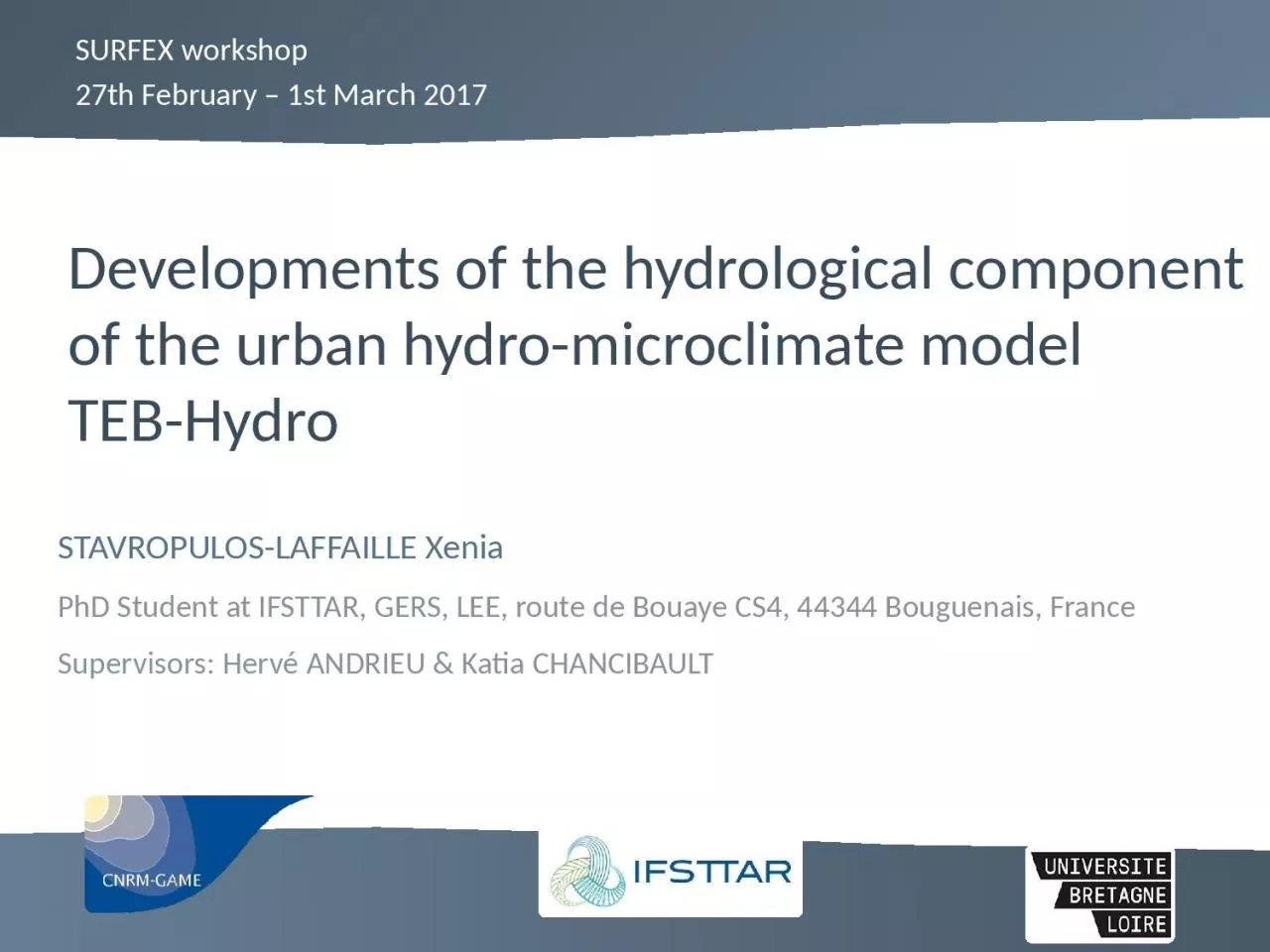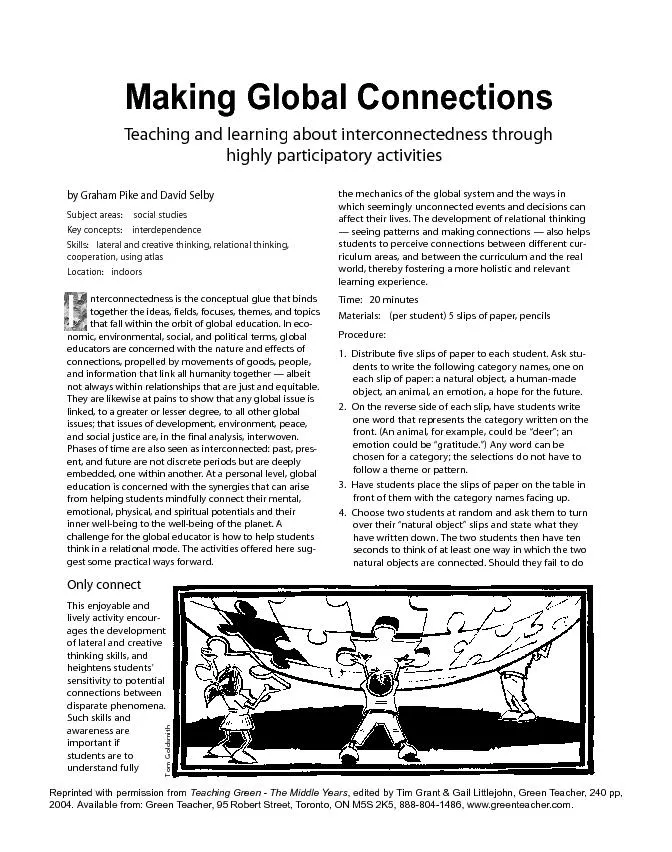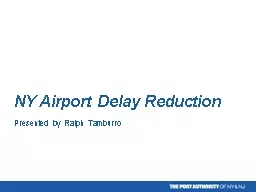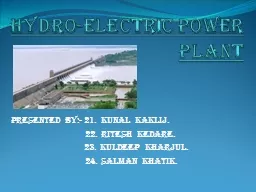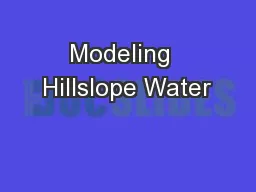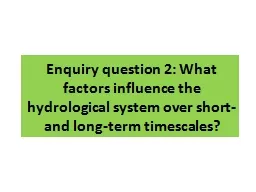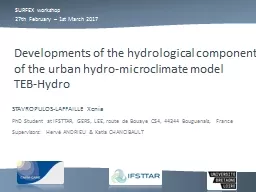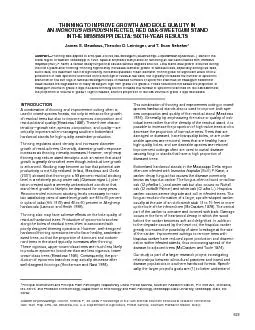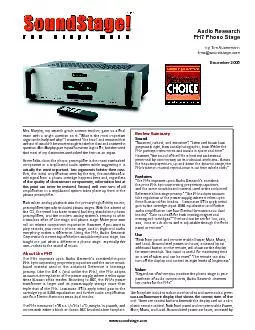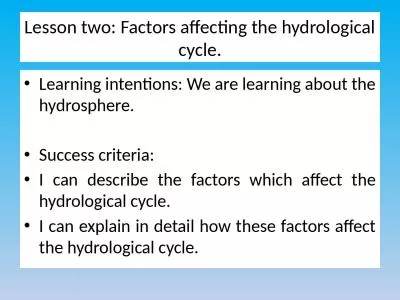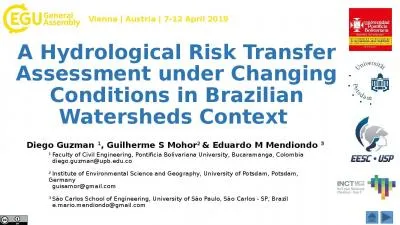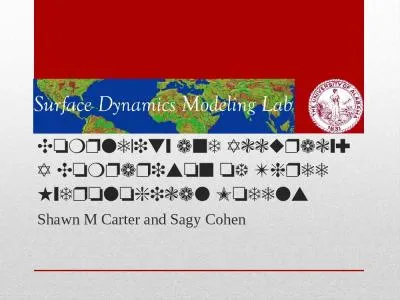PPT-Developments of the hydrological component of the urban hydro-microclimate model TEB-Hydro
Author : gristlydell | Published Date : 2020-08-29
hydromicroclimate model TEBHydro SURFEX workshop 27th February 1st March 2017 STAVROPULOSLAFFAILLE Xenia PhD Student at IFSTTAR GERS LEE route de Bouaye CS4
Presentation Embed Code
Download Presentation
Download Presentation The PPT/PDF document "Developments of the hydrological compone..." is the property of its rightful owner. Permission is granted to download and print the materials on this website for personal, non-commercial use only, and to display it on your personal computer provided you do not modify the materials and that you retain all copyright notices contained in the materials. By downloading content from our website, you accept the terms of this agreement.
Developments of the hydrological component of the urban hydro-microclimate model TEB-Hydro: Transcript
Download Rules Of Document
"Developments of the hydrological component of the urban hydro-microclimate model TEB-Hydro"The content belongs to its owner. You may download and print it for personal use, without modification, and keep all copyright notices. By downloading, you agree to these terms.
Related Documents

